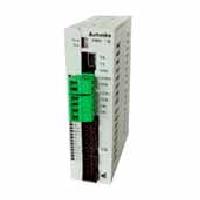
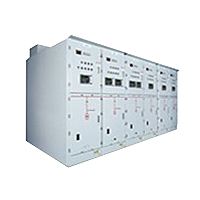
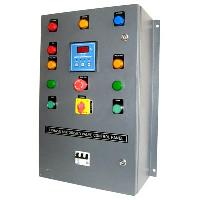
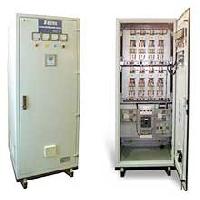
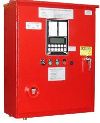
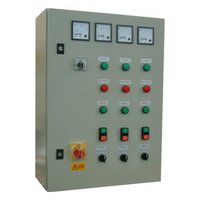

fire fighting control panels
Get Price Quote
With the assistance of our modern transportation facilities, we are able to deliver the orders on time. We are supported by a well-structured warehouse that assists us wholly in keeping the lot safe and meeting urgent requirements at a time. Also, we keep it updated on regular basis. Fire Fighting Control Panels have a sturdy body with easy to use operational buttons and a long service life.

Fire Alarm Control Panels
Get Price Quote
Conventional Traditional fire alarm panels installed prior to 1998 were conventional zone panels. In a zoned system, fire alarm devices in a common area or floor of a facility are connected to the same alarm initiating circuit. Each zone requires its own circuit conductor. This arrangement allows alarm annunciation to be reported by areas of the building to identify which device is in alarm. Conventional panels are often used in small facilities where a few zones can provide sufficient alarm annunciation. Addressable With the advent of microprocessors and digital electronics, addressable fire alarm control panels and devices have become more common than conventional systems for medium and large-sized facilities. They have become more cost effective in some small applications as well. Addressable fire alarm systems use digital encoding and multiplex technology to more accurately identify alarm locations and device conditions. Each fire alarm device in a system is programmed with a unique address. The fire alarm control panel is capable of communicating with a single address or a group of addresses depending on the functions required. The communication is often multiplexed over a common cable, sometimes referred to as the signaling line circuit (SLC). This arrangement significantly reduces the amount of cabling necessary to install the system. The communication channel allows two-way communication, thus enabling the fire alarm control panel to control as well as monitor fire alarm devices. A significant component of addressable fire alarm system is the software programming necessary to make the system function correctly. The programming allows for flexible applications where you want to have specific control over the inputs and outputs. The communication technologies employed in addressable systems allow for advanced features to accommodate sensitivity changes due to age and accumulation of dust prior to maintenance. These features are not available with the standard conventional system. Fire Alarm Devices Automatic Detection Components of a fire consist of: Smoke (particulate and aerosol) Heat Light Radiation Fire detection devices are built to detect one or a combination of these components. While all components are necessary for a fire to exist, all components may not exist at a detectable threshold. Detectors will be selected that will detect the elements that may exist in a fire for the ambient conditions that are present. It also should be realized the similar non-fire components might exist in the same ambient conditions, which could cause unfavorable false alarm conditions. Devices used for fire detection include smoke detectors, thermal detectors, flame detectors, fire-gas detectors, and other devices. Smoke detectors sense visible or invisible particles of combustion generated by burning, smoldering, or the incipient stage of combustion. These devices fall into two categories -- photoelectric and ionization. Thermal detectors sense the high temperature or the temperature rise caused by a fire. Flame detectors sense the radiation produced by a fire. Fire-gas detectors sense the gases produced by a fire. Other detectors sense some phenomenon other than smoke, thermal, flame, or fire-gas to detect a fire. Smoke Detectors There are three types of smoke detectors: Ionization, photoelectric, and combination. Ionization The ionization smoke detector is widely used. Its capability to detect smoke originating from fire is best utilized for clean-burning fires that produce small particles during combustion. The ionization smoke detector consists of an alpha particle producing a radioactive source, a smoke chamber, and charged detector plates. The alpha source causes the air within the smoke chamber to become ionized and conductive As smoke particles enter the smoke chamber, the smoke particles attach themselves to the ionized air molecules and the air in the chamber becomes less conductive When the air conductivity within the chamber drops below a predetermined level, the alarm is triggered Advantages of Ionization Smoke Detectors: Detects invisible products of combustion -- It can detect fires that are in the incipient stage or detect other aerosol-type smoke products Quick acting -- Provides for earlier detection than other types of smoke detectors or thermal detectors
Best Deals from Fire Alarm Control Panel

fire control panel
Get Price Quote
fire control panel, Painting Turnkey Contractor

Fire Pump Control Panels
Get Price Quote
Fire Pump Control Panels, meter enclosure

Fire Alarm Control Panel
Get Price Quote
Fire Alarm Control Panel, fire blankets, Fire Dampers